The Article
Diamond 12.1 Speakers From Wharfedale
21st July 2021
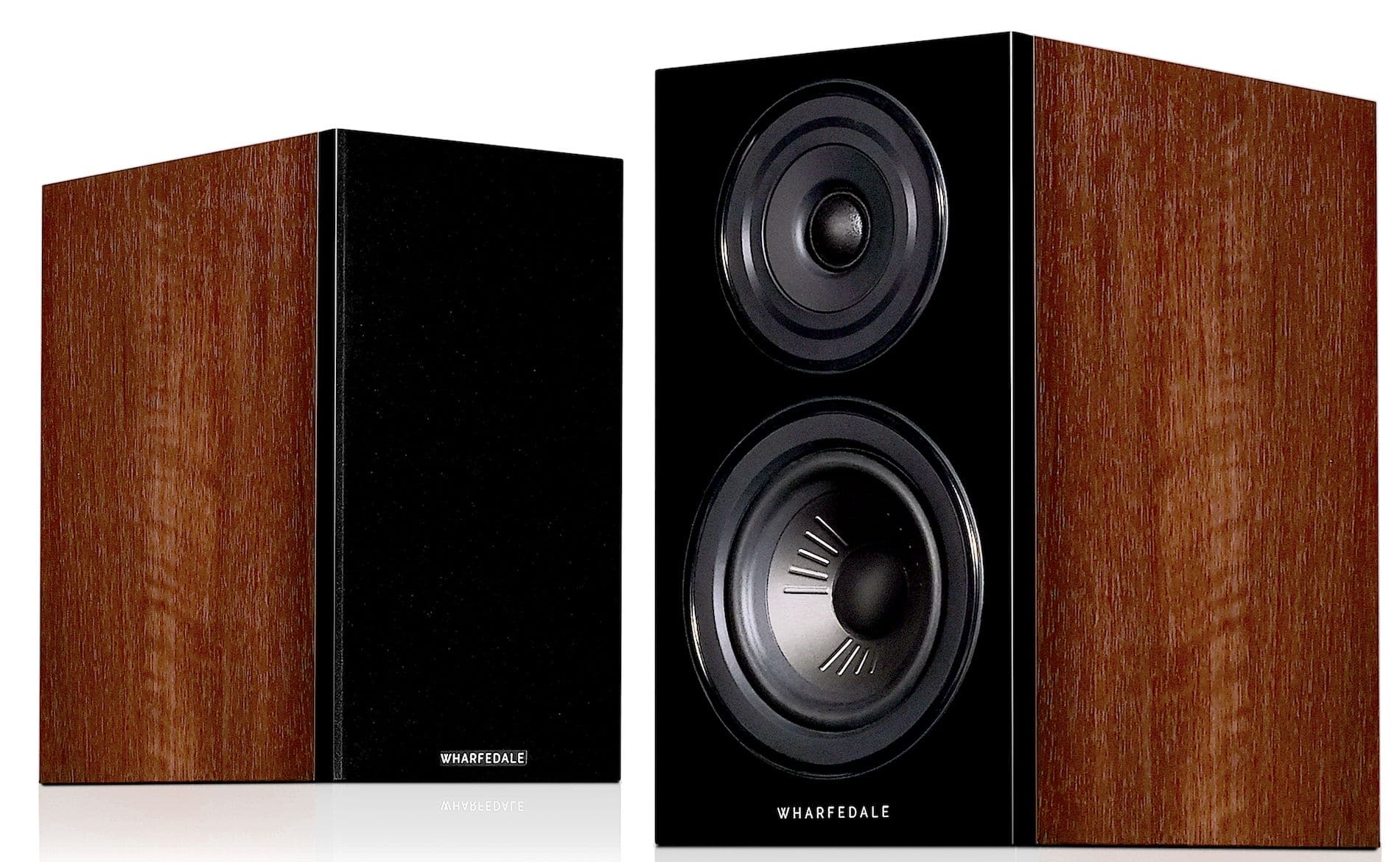
Representing the budget end of Wharfedale’s latest Diamond range, Paul Rigby reviews these stand mounters
One of the most venerable brand names in hi-fi, Wharfedale is the epitome of hi-fi. It smacks of quality, of tradition, of history and reliability. It’s dependable and solid.
Partly that’s because it’s been going since 1932, when Gilbert Briggs built his first design in his basement in Ilkley in Yorkshire, England. A market town by the river Wharfe, a part of the world generally known to this day, as The Dales. Wharfedale being just one of those. In fact, I seriously considered living in Wharfedale at one time – the perfect place for an audiophile to dwell, eh?

The company was sold to the Rank organisation in 1958. In 1981 work began on the Diamond, the first in this venerable series. In the early 90s, Rank sold Wharfedale to the Verity Group, who also bought Quad and Leak.
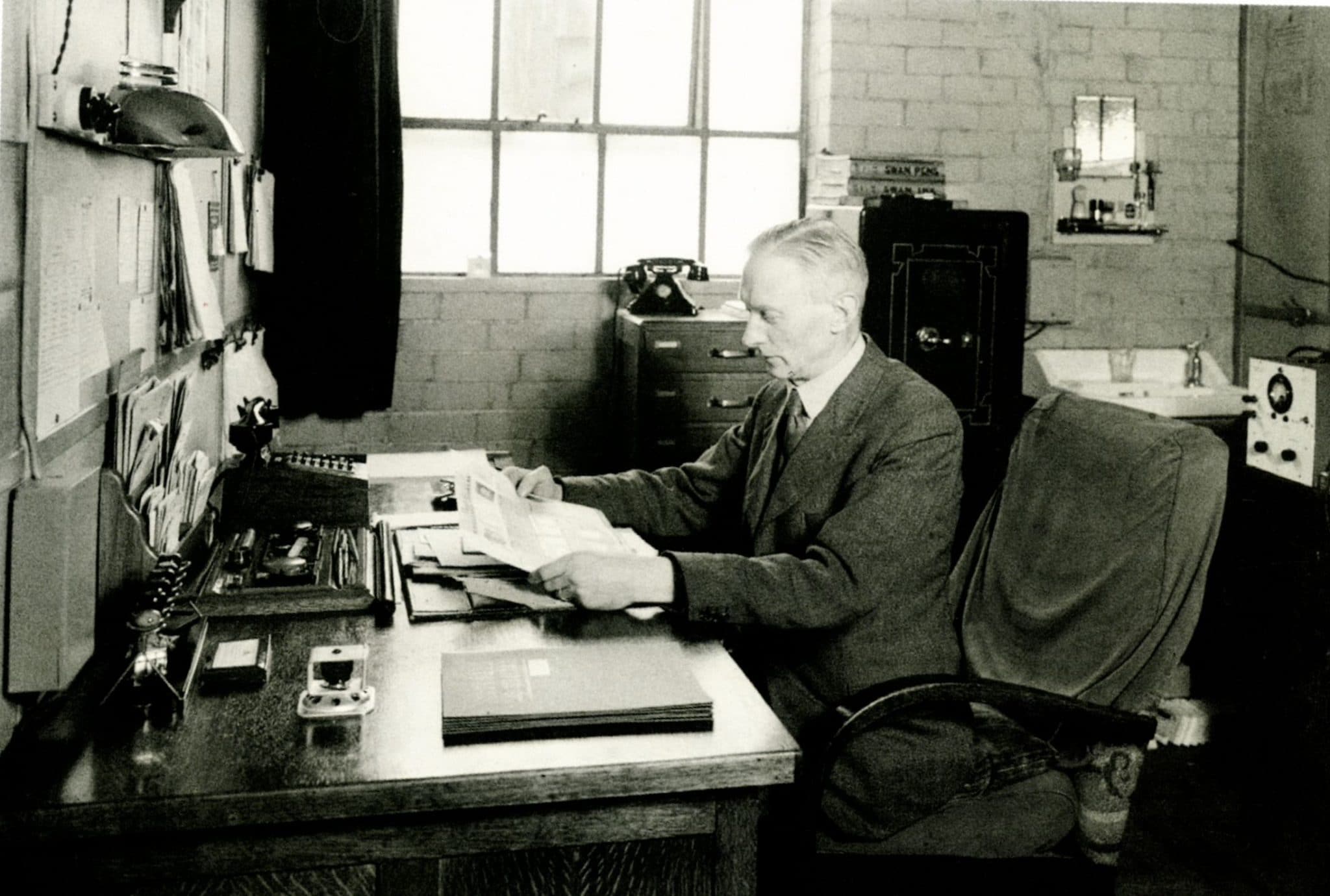
That company then struggled. The speakers stopped selling and the company – oddly enough – turned to rebranding cheap Chinese brands like DVD players that were sold in the likes of Tescos supermarket for £100 in desperation. That damaged the brand a bit.
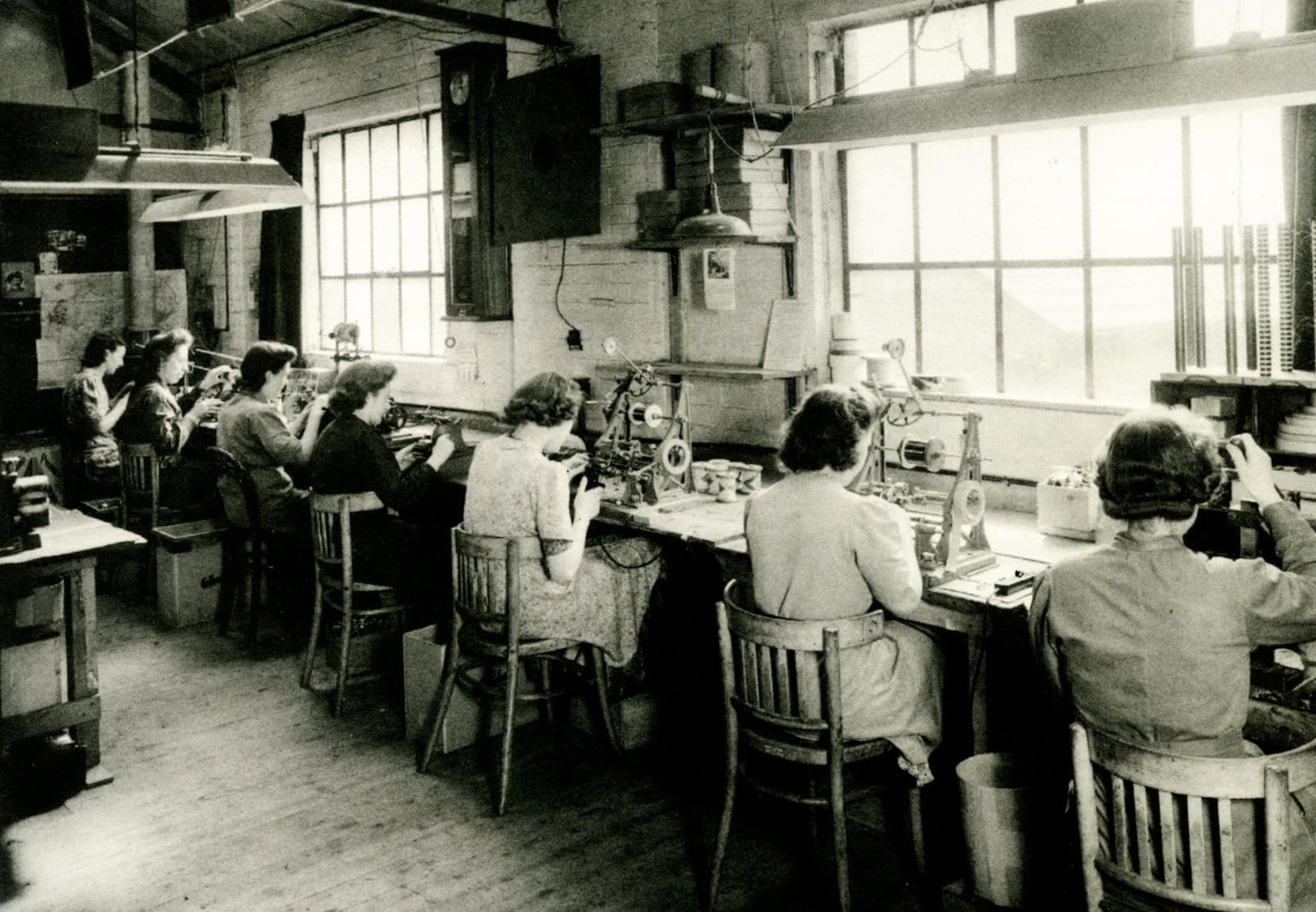
There followed a management buy out in 1997 which briefly had Wharfedale as an independent until it was quickly bought by IAG in 1997.
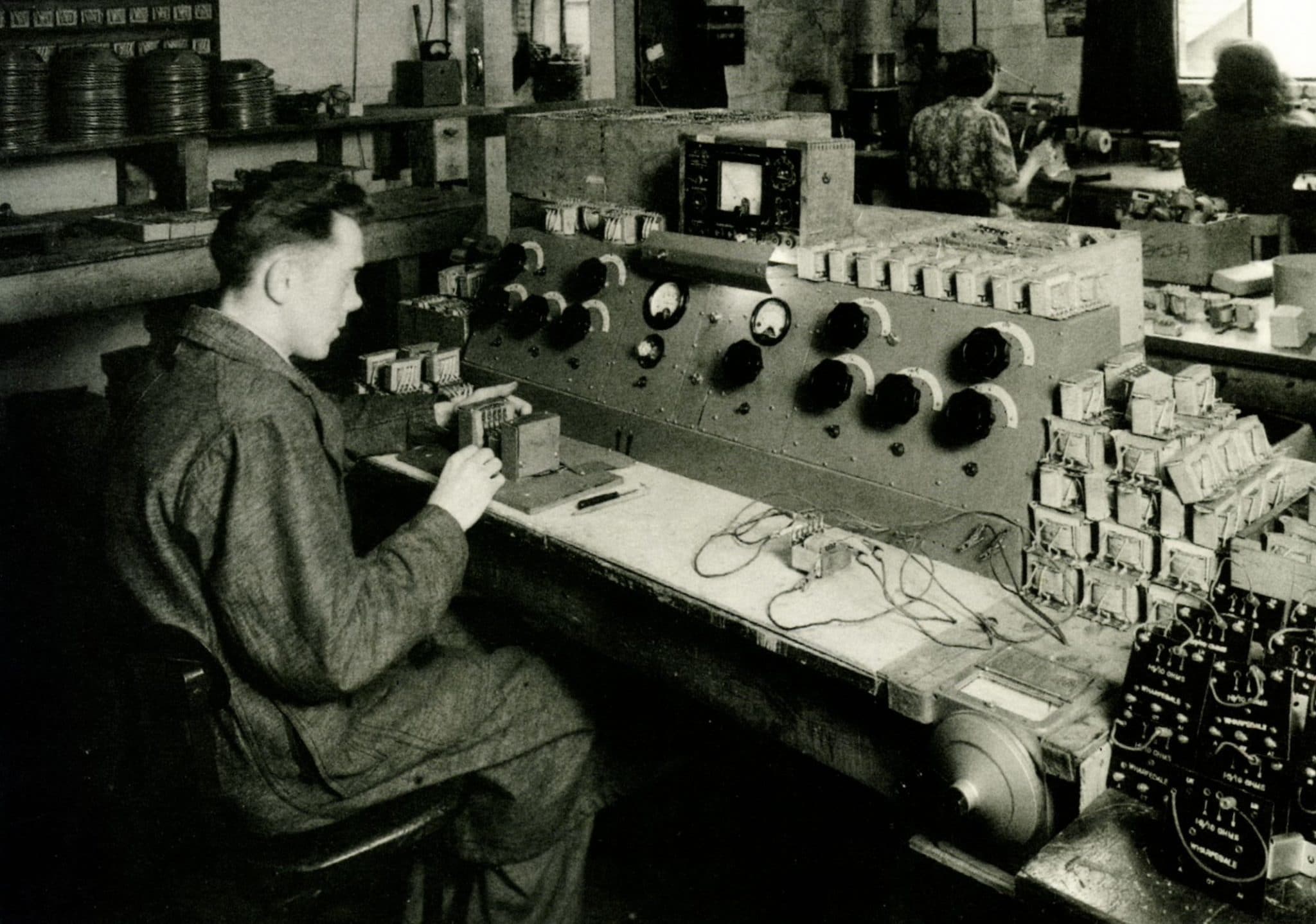
Once the company settled down and moved into further development, it produced the then new Diamond 8 series in 2001 which triggered a steady improvement process to the Diamond 12 series I’m looking at today.
CHINA
Before I get to the speaker design itself, let me quickly address the China thing. Because IAG has a China thing, according to some people. It’s important and directly affects these speakers and this review. At least in the eyes of some. So bear with me.
Many people see IAG’s Chinese connections as a bad thing, one that affects the brand name of Wharfedale plus other brands like Audiolab and Leak (two other brands under the IAG umbrella).
From what I can tell, some people think that IAG’s products are built in a sloppy, unprofessional, 2-bit factory. You know that sort of place, the sort of factory that producers skin moisturiser on a Wednesday, children’s toys on a Thursday and speakers on a Friday. That the production of these products is akin to a dodgy market, backed by dodgy geezers and sold by crooks and thieves.
And that’s just not so because the hi-fi industry, these days, is a global market. More than that, it’s a multi-national market. Most hifi companies of any size will have design offices in their home country but the actual owners may be in a completely different country, the factory in China and so on. It’s just that many companies tend not to talk openly about it. IAG do. Which is to its credit. Even smaller hifi outfits who proudly spout patriotism by the bucketload will – at the very least – be sourcing parts from around the world, including China.

But look, it’s not where you are. It’s how you do it. The buck stops with the hi-fi company. If you ever see a shoddy hifi product, don’t blame China. Blame the hifi company for allowing it to happen in the first place.
And really, if a product is done well and sounds great, does it really matter where it comes from?
For Wharfedale, the products are designed in the UK in Huntingdon, Wharfedale’s traditional home. So Peter Comeau, the director of acoustic design, and an ex-writer for the same print magazine that I still write for, HiFI World is based in the UK.

Many other companies out there rent factory space (again, that fact is not often talked about because quality control is harder to achieve). IAG owns its own factory in China. IAG is a privately-own company, the owner’s background was in Pro audio incidentally and it designed and built its own factory…or factories. The latest factory from IAG includes an enormous amount of vertical integration.
What I mean by that is that a speaker or an amp or CD player is a bag full of bits. Bits of MDF, bits of metal, polymer any more. For these speakers, more than 90% of the parts are made in this one IAG factory. Even the screws are Wharefedale screws. That’s pretty rare. Most people buy most of their parts off the shelf. This is why, during the current situation, that IAG has been able to supply hifi without any serious delays. Because it owns most of the parts. Oh and IAG also make parts for other companies on the quiet as OEM – you don’t hear much about that, either.
KARL
The big news for this specific design is the designer. Normally the very wonderful Peter Comeau is the man behind the Wharfedale cabinet but not here. Peter is a busy chappie and has a few intriguing products on his plate. But that meant he couldn’t address the new Diamond speakers.
So who is it then? Well, if you’re a fan of Q Acoustic designs or you have heard designs like the 3020i and 3030i and liked those then you will also be expressing admiration for the designer, German-based Karl Heinz Fink. Karl was effectively the launch designer for the Q Acoustic brand but left Q Acoustic around two years ago, give or take. Karl, who also runs his own high-end design company called Fink Team for his own branded speakers, has been working with Wharfedale of late and is the brains behind the Diamond 12 series.

That intrigued me.
Wharfedale has collaborated with speaker designer Karl-Heinz Fink for this new range. As part of that design direction, Wharfedale has developed a new composite called Klarity.
The main part of the 130mm mid/bass driver is polypropylene. According to the company, drivers made from this stuff has “…a reputation in some quarters for sounding a little ‘unexciting’ – a perception that is largely the result of mediocre engineering.”
So we know what’s coming next then, eh? Top class engineering, perhaps? To make its Klarity drivers, Wharfedale adds mica to increase stiffness. Apparently, this helps to reduce flexing.
A low-damping surround was sought too. The Klarity diaphragms are driven by a magnet system with an aluminium compensation ring to, “…minimise the effect of variations in inductance as the voice coil travels.”
As for the Diamond 12 Series’ treble unit? It has a 25mm dome made from a woven polyester film with a high gloss coating. The front plate is flat and exposes the dome as much as possible.
The rear-ported enclosure is made from sections of wood fibre board of varying thickness, to lower distortion. Spot bracing is featured inside.
The Diamond 12.1 speakers are set up for bi-wire use with the upper terminals reserved for treble use and the lower terminals aimed at mid-bass driver use. Metal straps are included is bi-wire is not required. The terminals themselves have a screw thread and will take banana plugs, spades or even bare wire.
The speaker itself has a sensitivity of 88db but only needs an amplifier of around 20W to get going. Spanning 312 x 180 x 250mm, it weighs in at 6.8kg each.
And and before we get to the sound quality section, after the Diamond 10 Series came Diamond 100, then Diamond 200, then Diamond 11 and now Diamond 12. Some have assumed that Diamond 12 is the 12th generation of Diamond, but it’s actually the 14th.
SOUND QUALITY
To begin I began with an orchestral piece plus voices from Ennio Morricone on the Cinevox label from the film, Metti, One Sera a Cena. A melodic soundtrack it features sweeping strings, female vocals, close mic’d percussion, brass, acoustic strings, glockenspiel, triangle, acoustic and electric piano and more. It’s a busy arrangement.
BRONZE 50s
I began by comparing the Diamond speakers to my reference Monitor Audio Bronze 50s. The Bronze 50s look smaller and not quite as well finished as the Diamond 12.1 speakers and, frankly, that’s how they sound too.
Saying that, I am being relatively picky because I like the Bronze 50s a lot. I would be quite happy living with them on a day-to-day basis, in fact. There’s nothing actually wrong with the Bronze 50s but the Wharfedales do offer a grander, more abundant sound. Where the Bronze 50s go, the Diamond 12.1s move a step or two beyond that.
In bass terms, the Wharfedales are larger in terms of sheer presence. They are generally neutral in sonic terms but there seems to be more available sound. Fuller in bass terms but also packed with extra detail around the upper mids and treble.
The Bronze 50s can be a little reserved and simplified whereas the Wharfedales are the exact opposite. The sonic complexity from the mids gives the Diamond 12.1s a sense the there much more going on around the soundstage. You find your ears darting here and there to get it all in.
The extra information around the lower end also provides more presence for even those demure details that can be easily missed. The extra solidity and self-assurance from the Wharfedales means that the sound impresses you. These speakers make music a memorable occasion.
3020i
The Q Acoustic 3020i speakers are broadly similar in terms of how they compare to the Wharfedales. Yes, the Q Acoustics provide a slightly warmer comparison than the Bronze 50s but the Wharfedales give the sound poise. The Wharfedales infuse the music with charisma.
The Diamond 12.1s alerted my ears to a slight lack of relative detail from the 3020i speakers. Despite the fact that the 3020i designs are again, highly recommended and again, I would gladly live with the 3020i speakers. No problem at all. The Wharfedales just move the quality up a rung in the ladder.
3030i
So I moved to a more developed design option to provide the Diamond 12.1s with a greater challenge. The Q Acoustic 3030i models differ in price by only £20 or so, give or take.
And what hit me first? Tonal balance! Tonal balance all over the place from the Diamonds. It was quite an event.
What we have here from the Diamond 12.1s is a speaker design that infuses the soundstage with a suite of relatively rich bass frequencies that carefully snuggle up to the mids and treble without imposing or dominating or swamping the same. So the detail remains, the delicacy in the treble is there, the detail from the mids too but now you have a rich presentation because the bass adds an additional dimension to the music as a whole.
This tonal balance gives the delivery a sense of maturity while also adding a layering effect to the arrangement. You feel that, now bass has been properly integrated into the music, subtle aspects of the soundstage are now better formed and solidified. Easily recognisable, in effect. This enhances the transparency because even shy areas of the music have a more confident air about them.
Strings are full and slightly warmer, acoustic guitar strums have more body and resonance, cymbal taps have great weight and so on.
6000A VS BRIO-R
If I can compare the Diamond 12.1s to amplifier designs for a moment, the musical presentation is similar to the Audiolab 6000A and the Rega Brio-R. The latter provides a measure of bass but puts most of its efforts into the mids and treble, excelling in both while only asking the bass to underpin the mids and treble. The 6000A asks bass to be a full partner, in sonic terms, so that treble, mids and bass offer equal emphasis.
Sure, that might mean that the Diamond 12.1s may offer a touch less dynamic reach in upper mid terms but, quite frankly, when you hear the Wharefdales you’re not thinking about that at all. You don’t hear anything missing here at all. You only hear the added bass, the well-developed nature of the musical presentation and the extra layers of detail on offer.
The Diamonds love rock too, by the way. Playing Thin Lizzy’s We Will Be Strong from the LP, Chinatown the Wharfedales feel supremely solid, weighty and powerful in the bass. On this track, there wasn’t the high-powered, fast and impactful strike, what this song provided was just a deep, heavy, kick drum thud that shook the room’s foundations – well shook as much as a pair of stand mounts can shake at any rate. But the bass effect, at the very least, was massy and strong in its application. There was a definite aspect from the bass. Nothing wishy washy.
Even so, detail, delicacy and fragility never left the building. The essential neutrality from the designs remained to give you everything you needed from the title track: an emotional insight from the lead vocal, soaring flight from the lead guitar, an enchanted transparency from the drums and a steady flow from the bass guitar.
The bottom line here was balance but balance that maintained the essential impact from the performance. This music has soul. It had spirit and passion. The Wharfedales egged you on. Go on my son, they cried!
CONCLUSION
Back in the 60s a UK Prime Minister commented on the economy of the day and stated that Britain had never had it so good. Well, I’m saying that now about budget speakers. All of the models mentioned here in this review are excellent and I would be more than happy to live with any of them on a permanent basis.
What they give you is top-table performance but they basically sit on a different facet on the same diamond (no pun intended), giving you something different and unique in terms of sonic style and choice. And I love the fact that choice is out there, ready to be selected.
The Wharfedale Diamond 12.1 speakers did surprise me. Before this review, I wondered if they could handle the competition. I wondered if they could keep up with the rest. Well, they’ve certainly put that question to bed and how! The Diamond 12.1 speakers provide a balanced and neutral sound but the way they integrate bass into a suite of detailed upper frequencies while maintaining all of the insight and information you might expect and want adds a touch of genius to the overall design. A flavour of Fink, you might say…
In terms of my expectations, the Wharfedale Diamond 12.1 speakers have provided me with the sonic surprise of the year thus far. They excite and delight sure but they also add a drop of magic to the mix that demands your attention.
BUY HERE:
USA – https://amzn.to/3zpUFah
EUROPE – https://amzn.to/3yhylzg
WHARFEDALE DIAMOND 12.1 SPEAKERS
Price: £249
Website: www.wharfedale.co.uk
GOOD: neutral, tonal balance, bass integration, rich midrange, detail
BAD: nothing
RATING: 9
[Don’t forget to check out my new Patreon Page at www.patreon.com/audiophileman, for exclusive postings, giveaways and more!]
REFERENCE
Rega RP1 turntable
Rega RP3 turntable
Monitor Audio Bronze 50 speakers
Tellurium Q cabling
Blue Horizon Professional Rack System
Harmonic Resolution Systems Noise Reduction Components

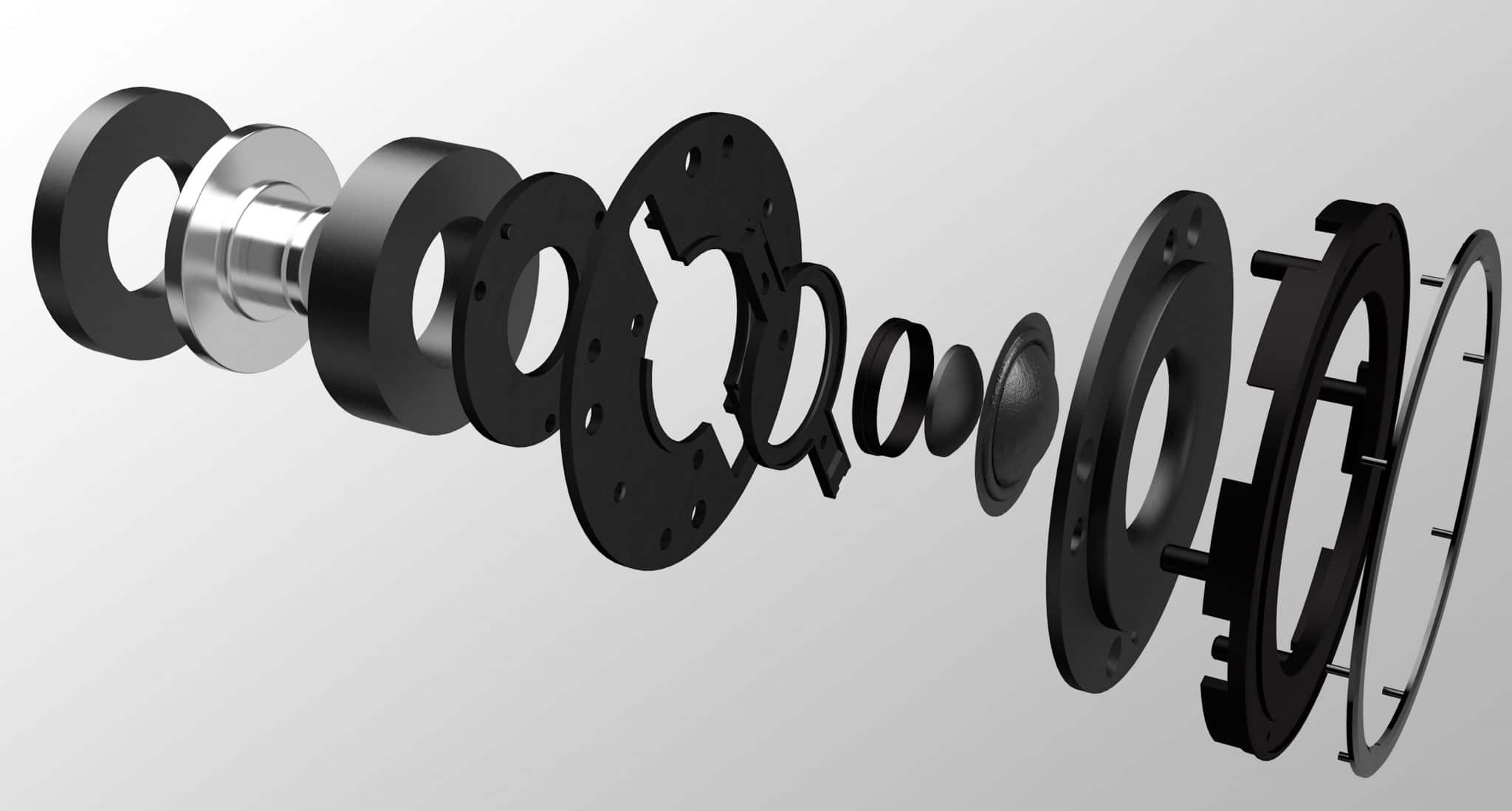
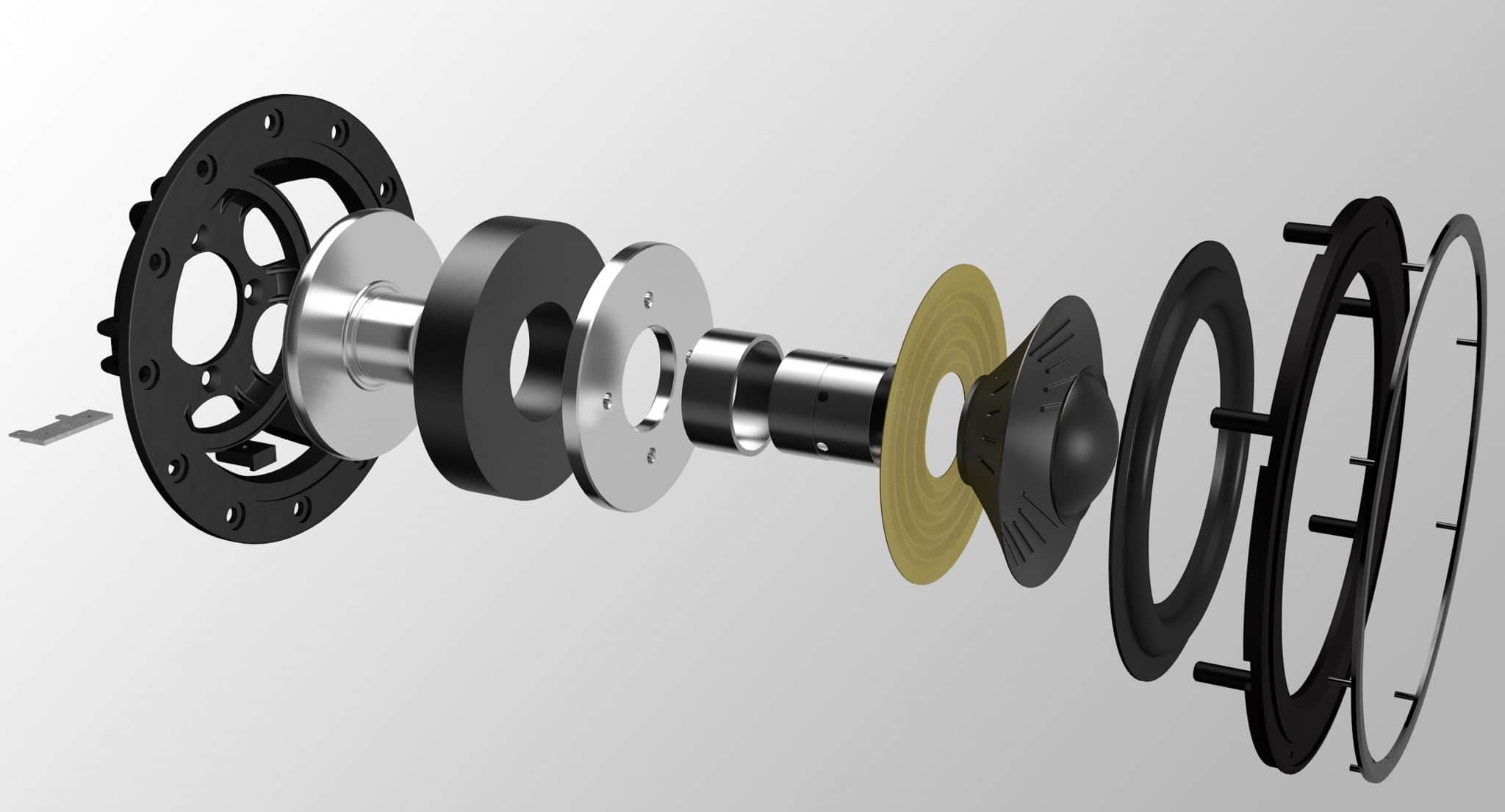
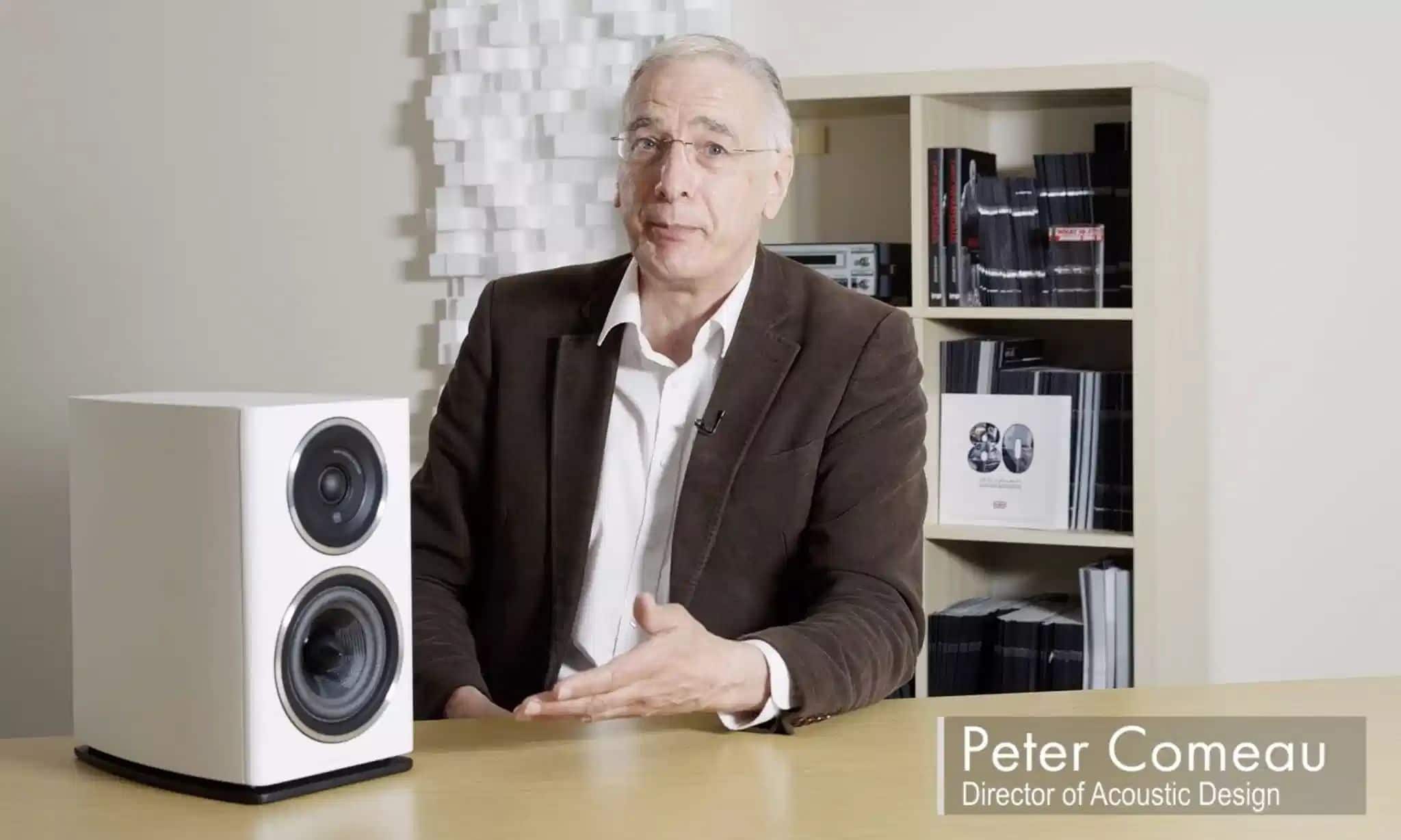
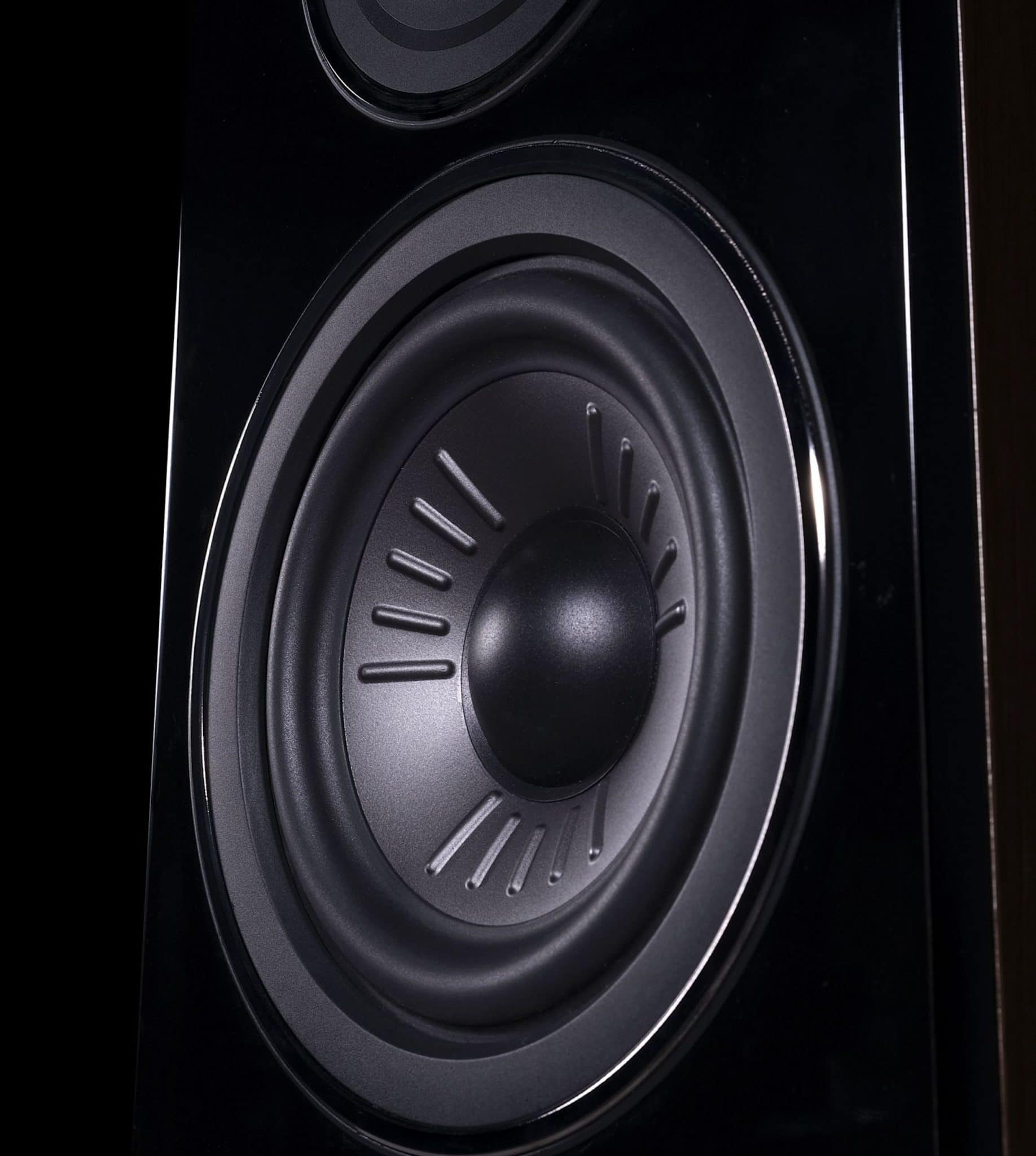
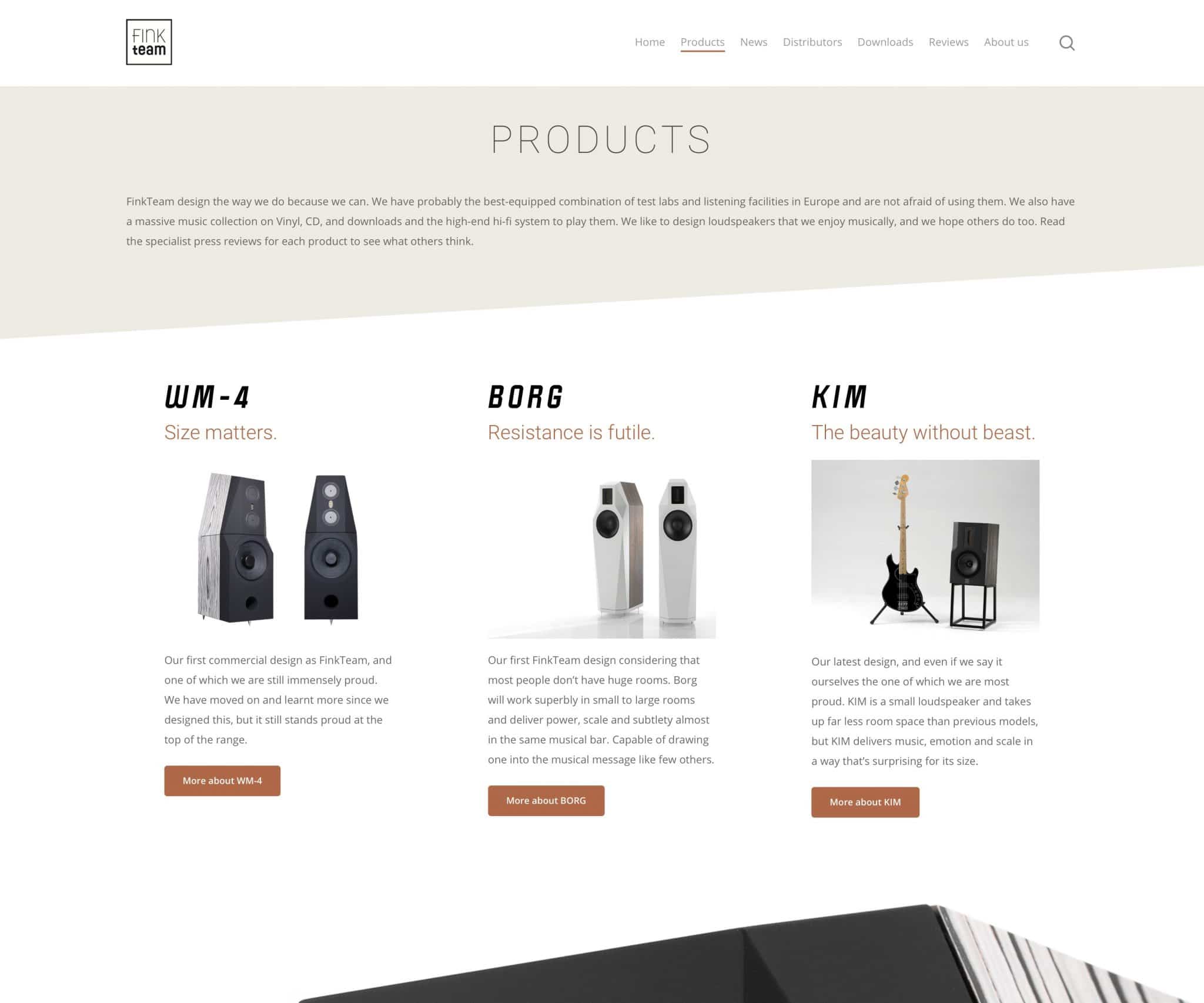
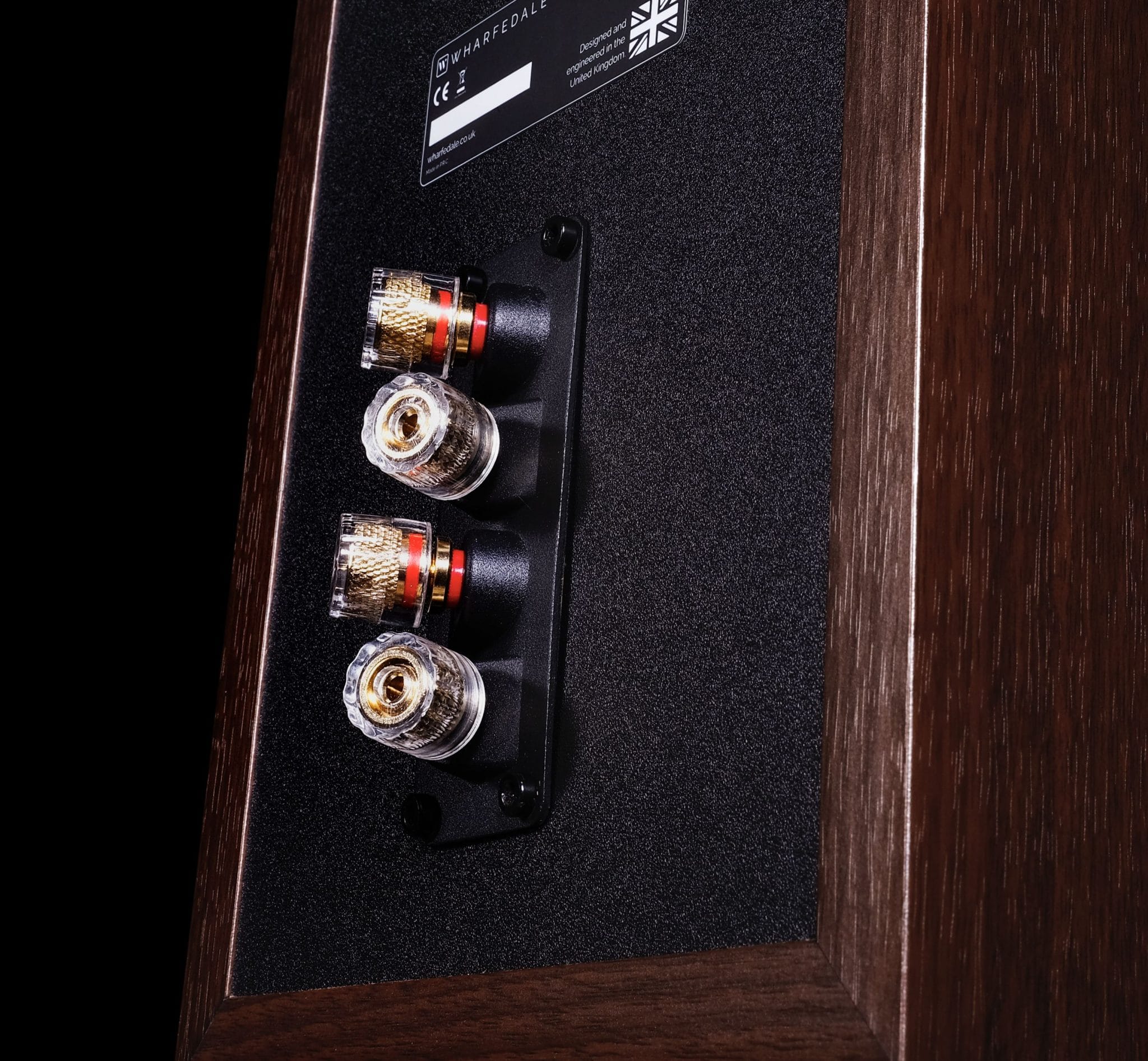
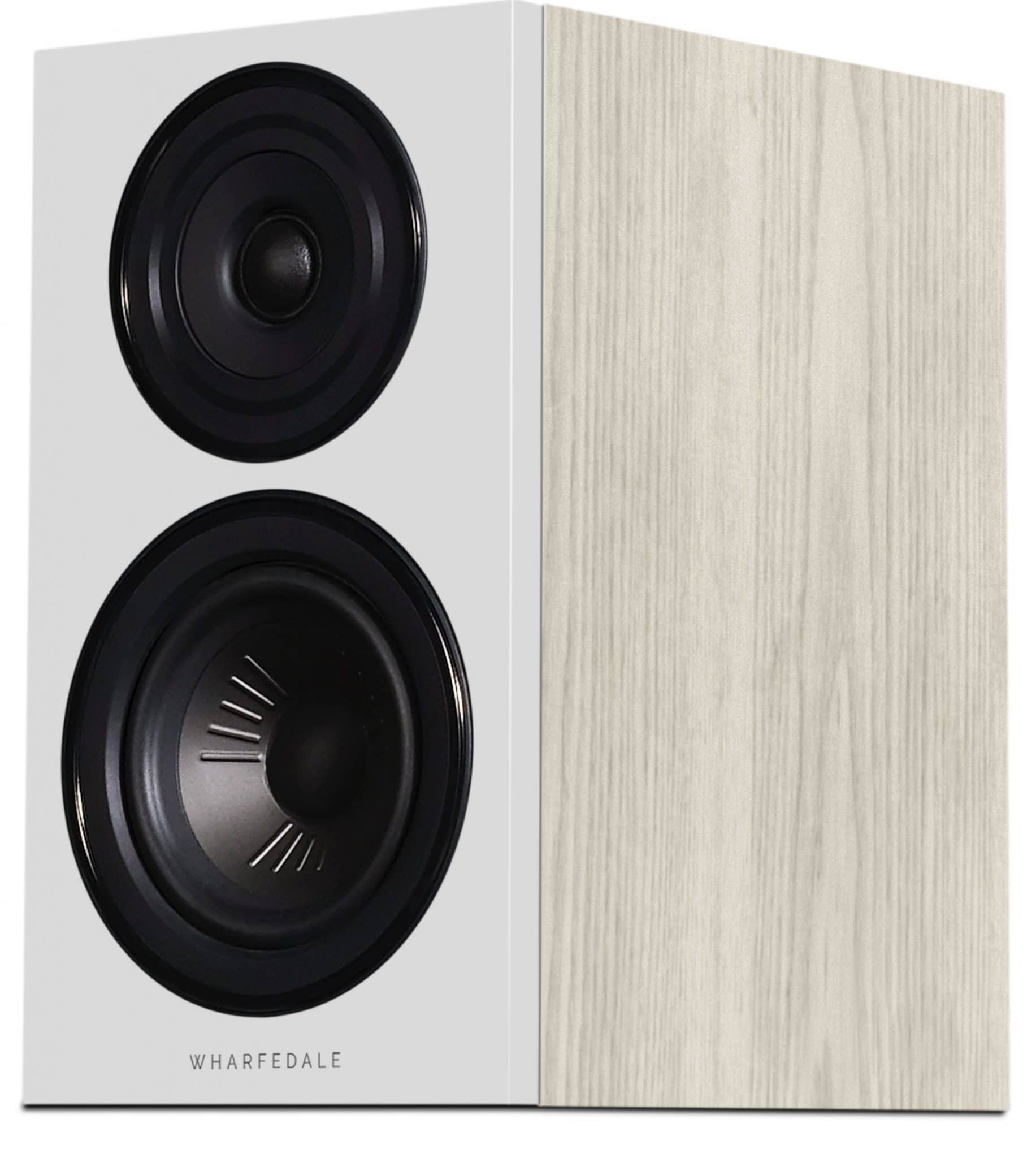
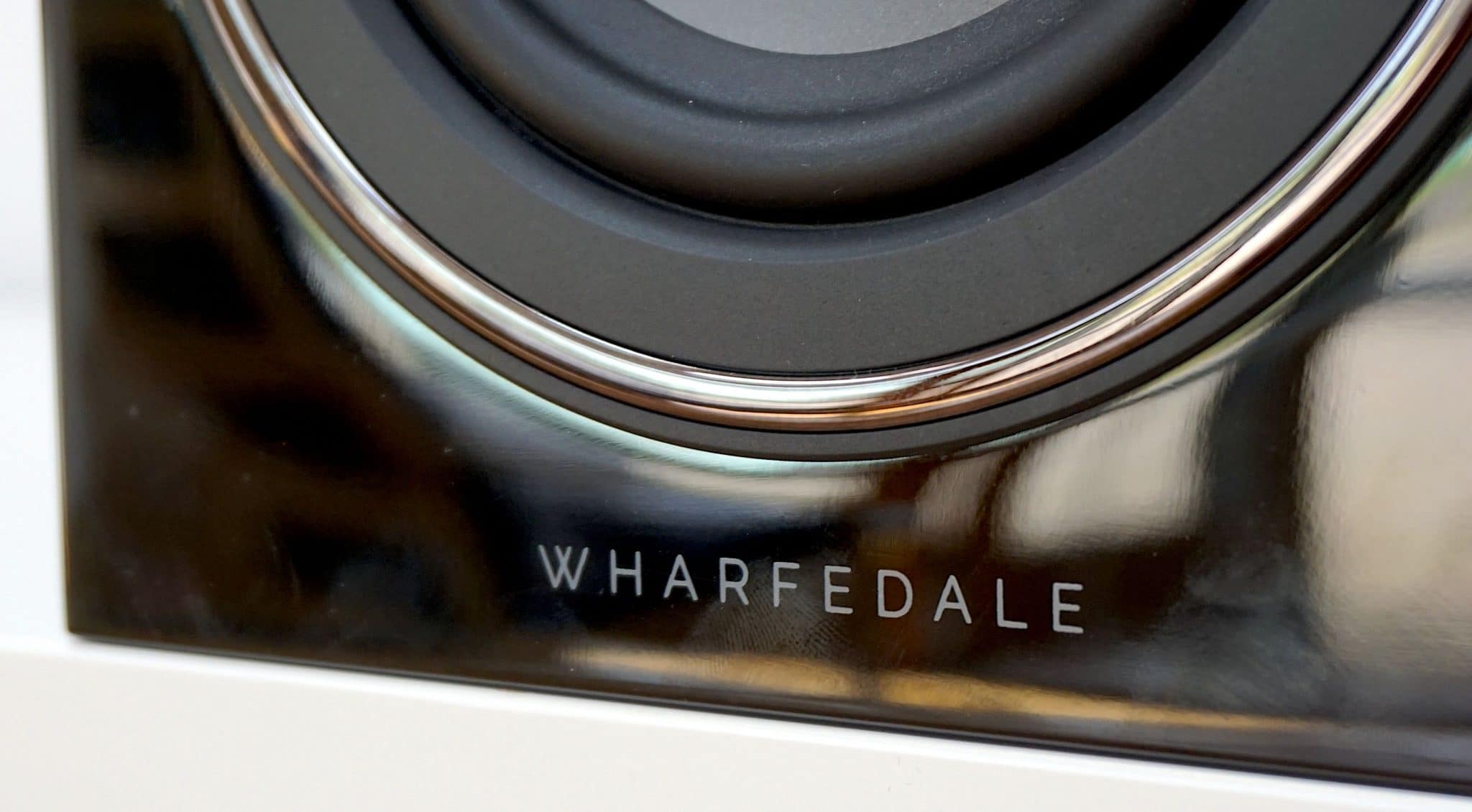
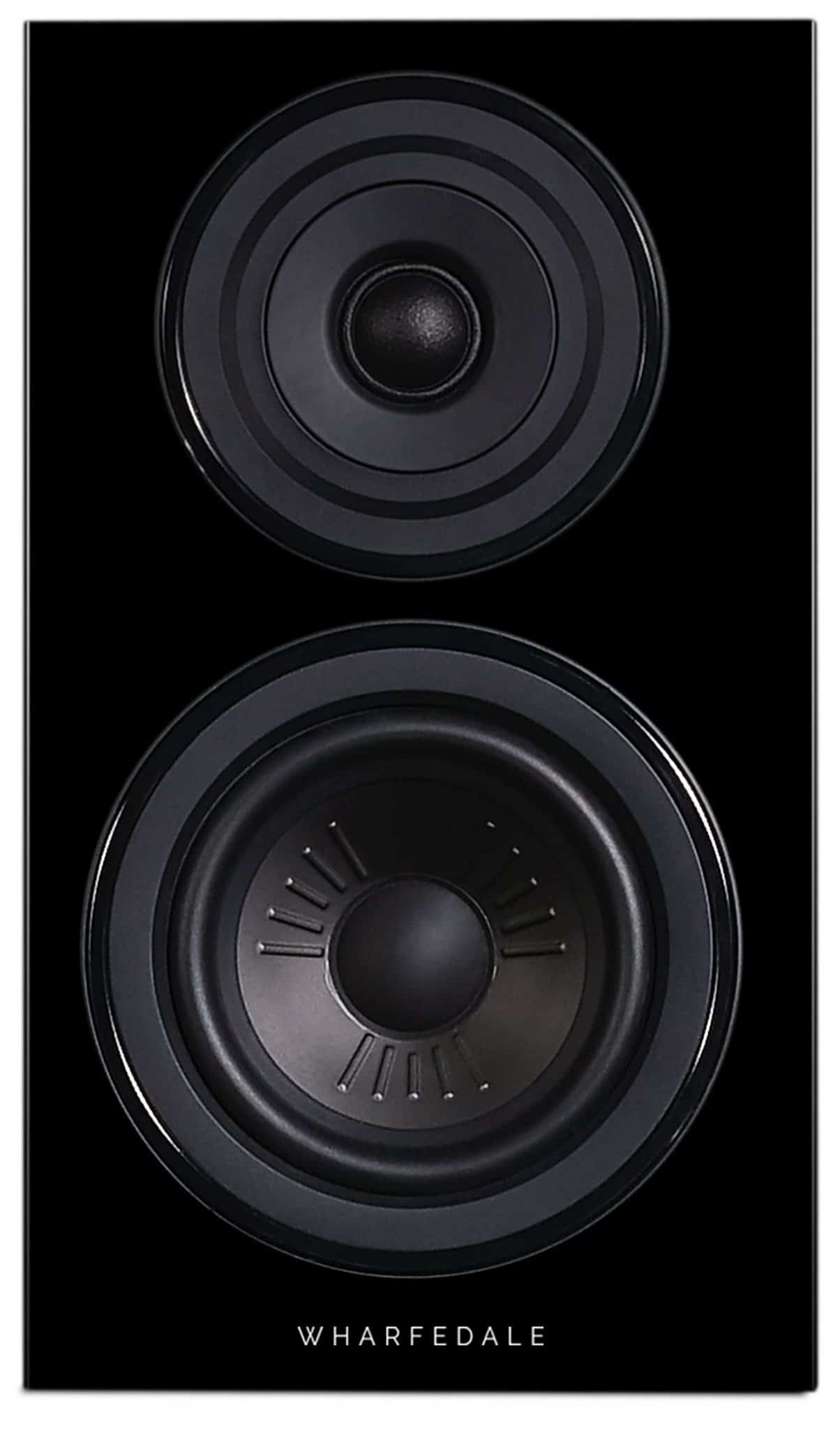
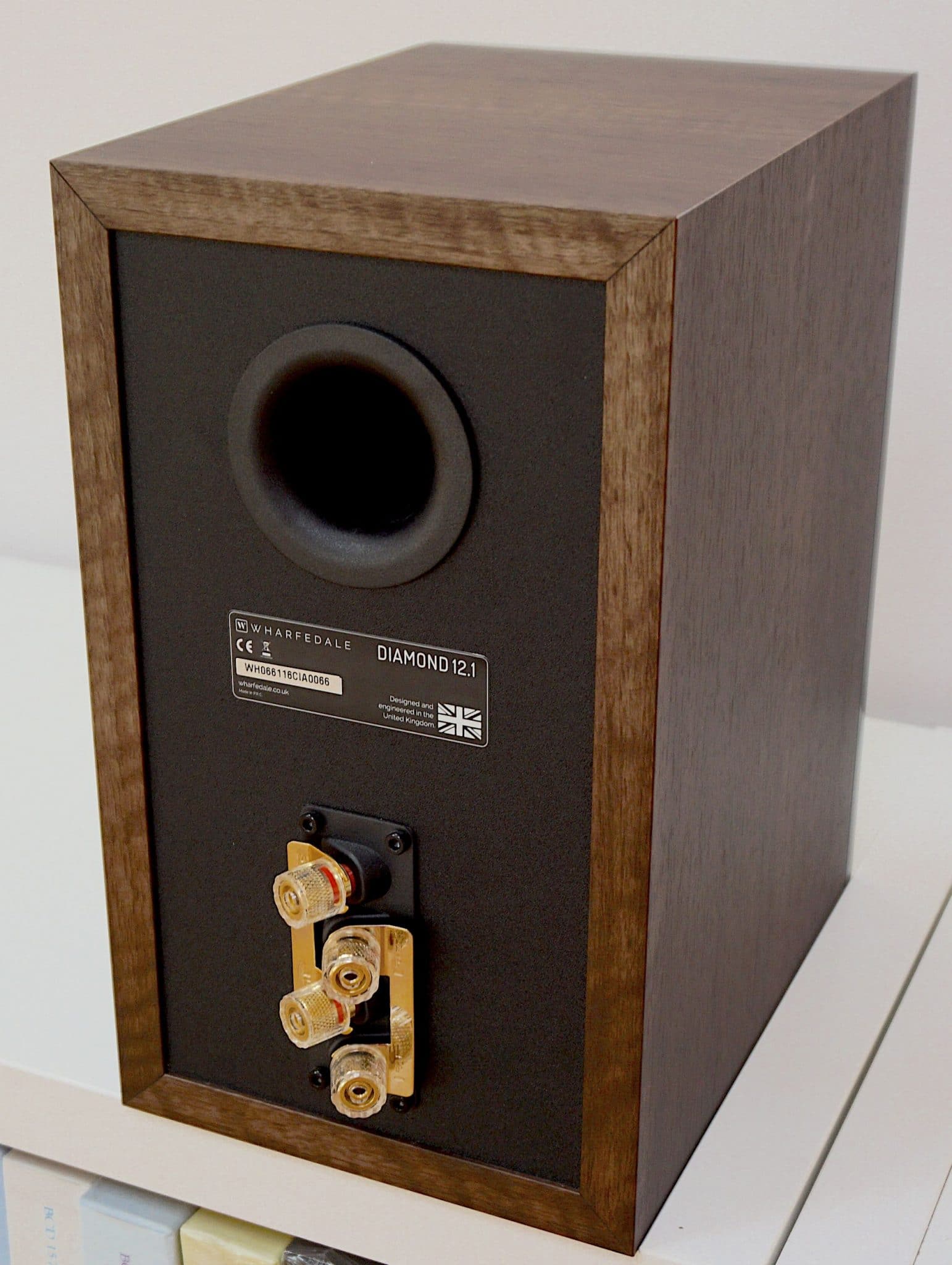
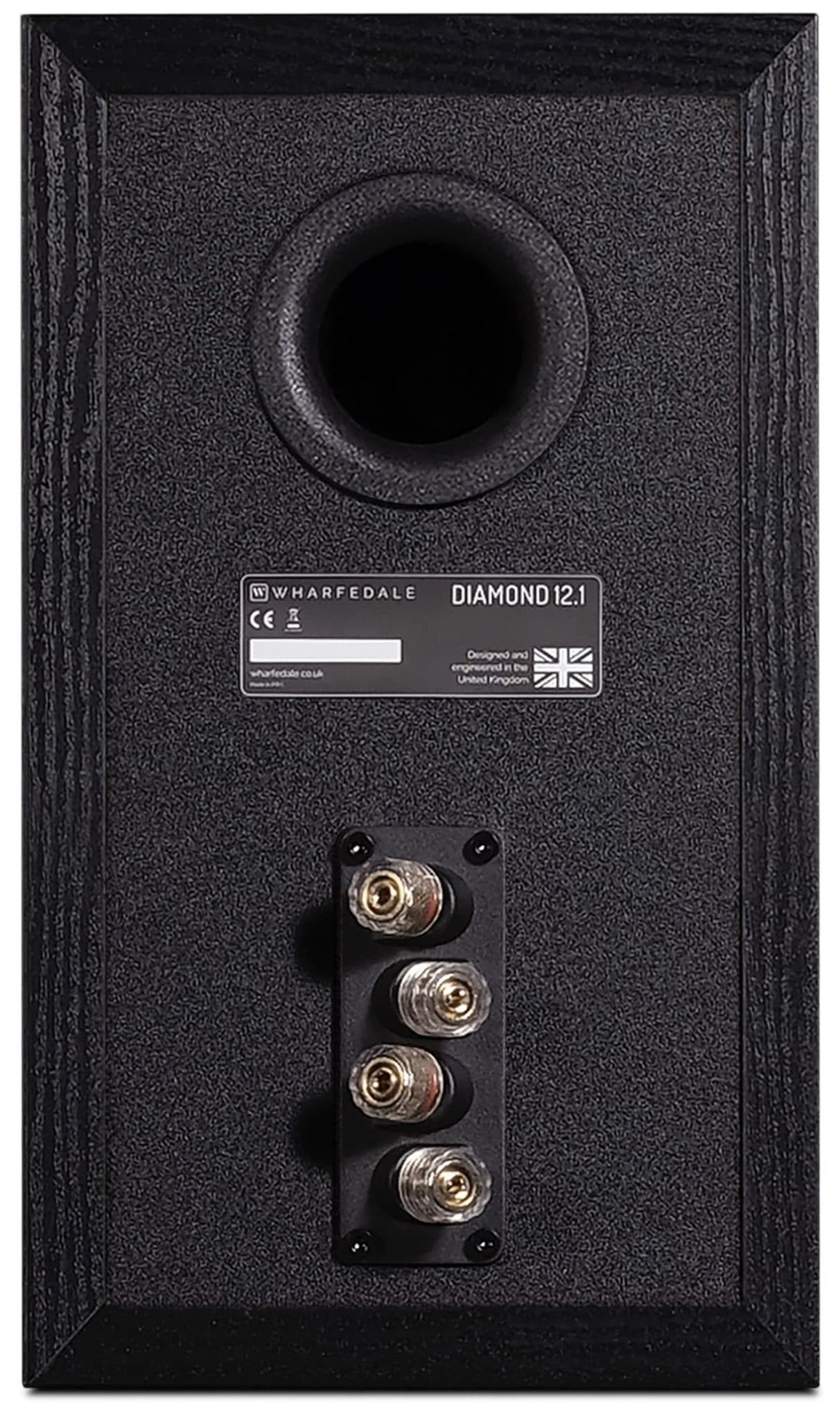
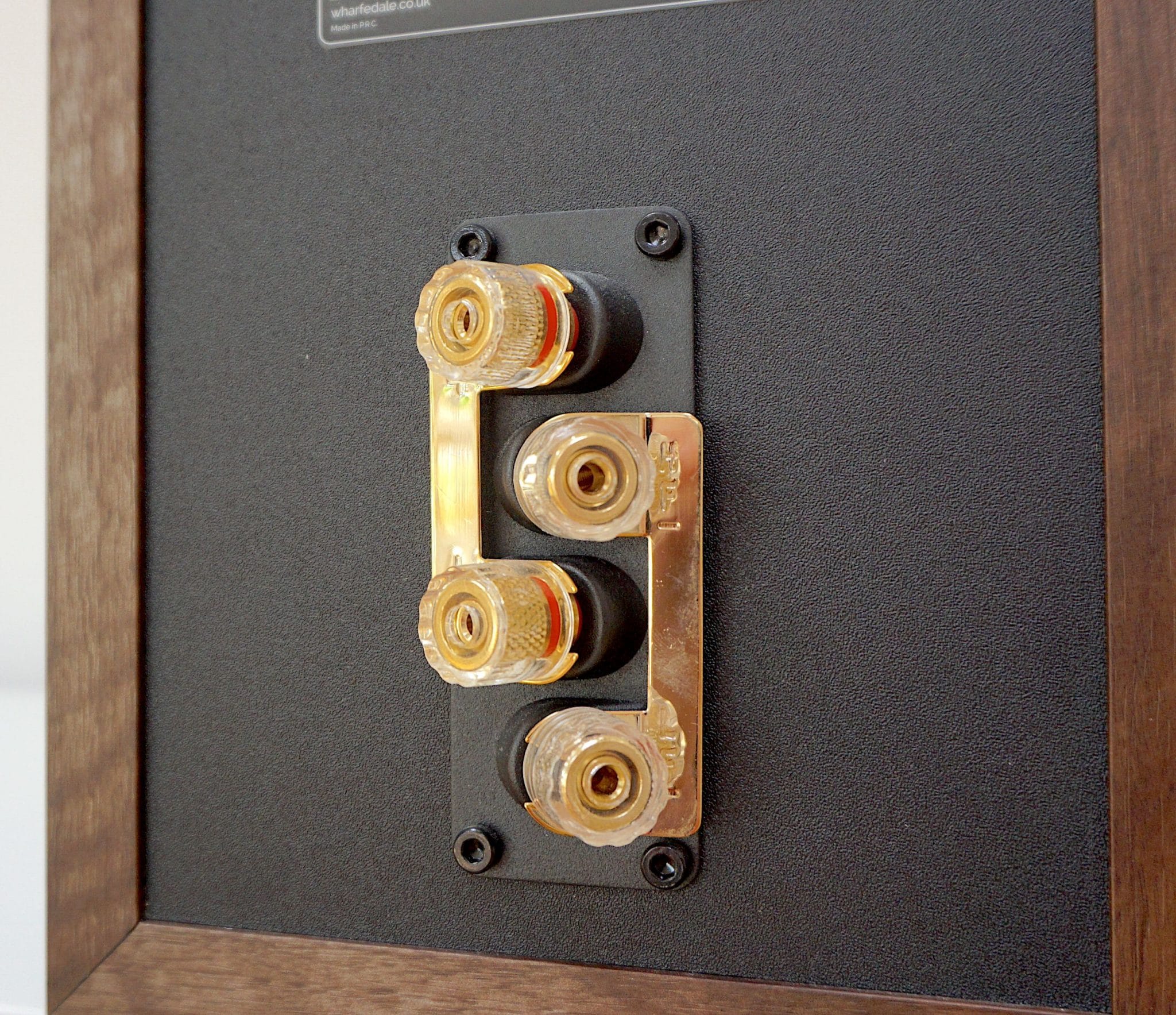
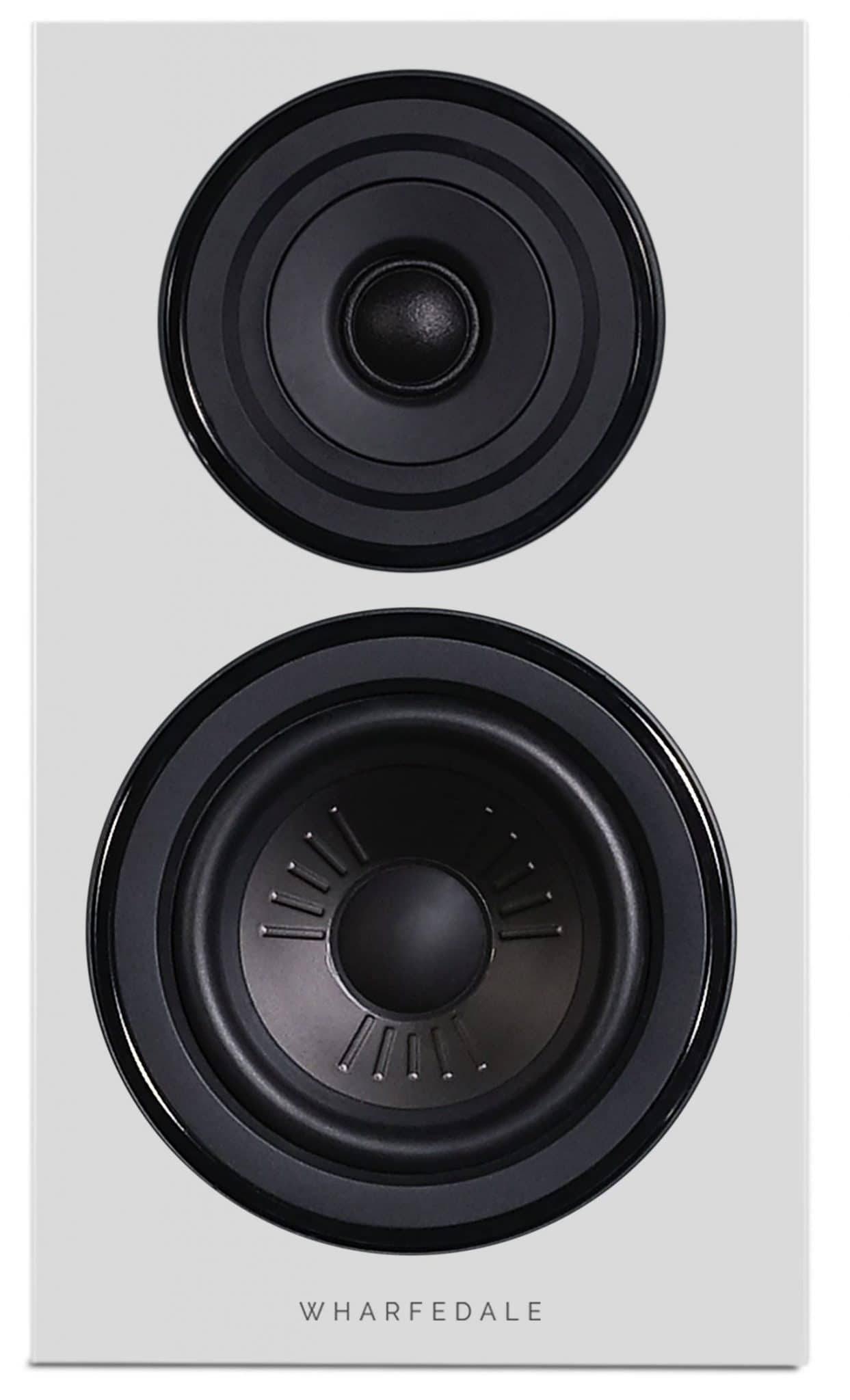
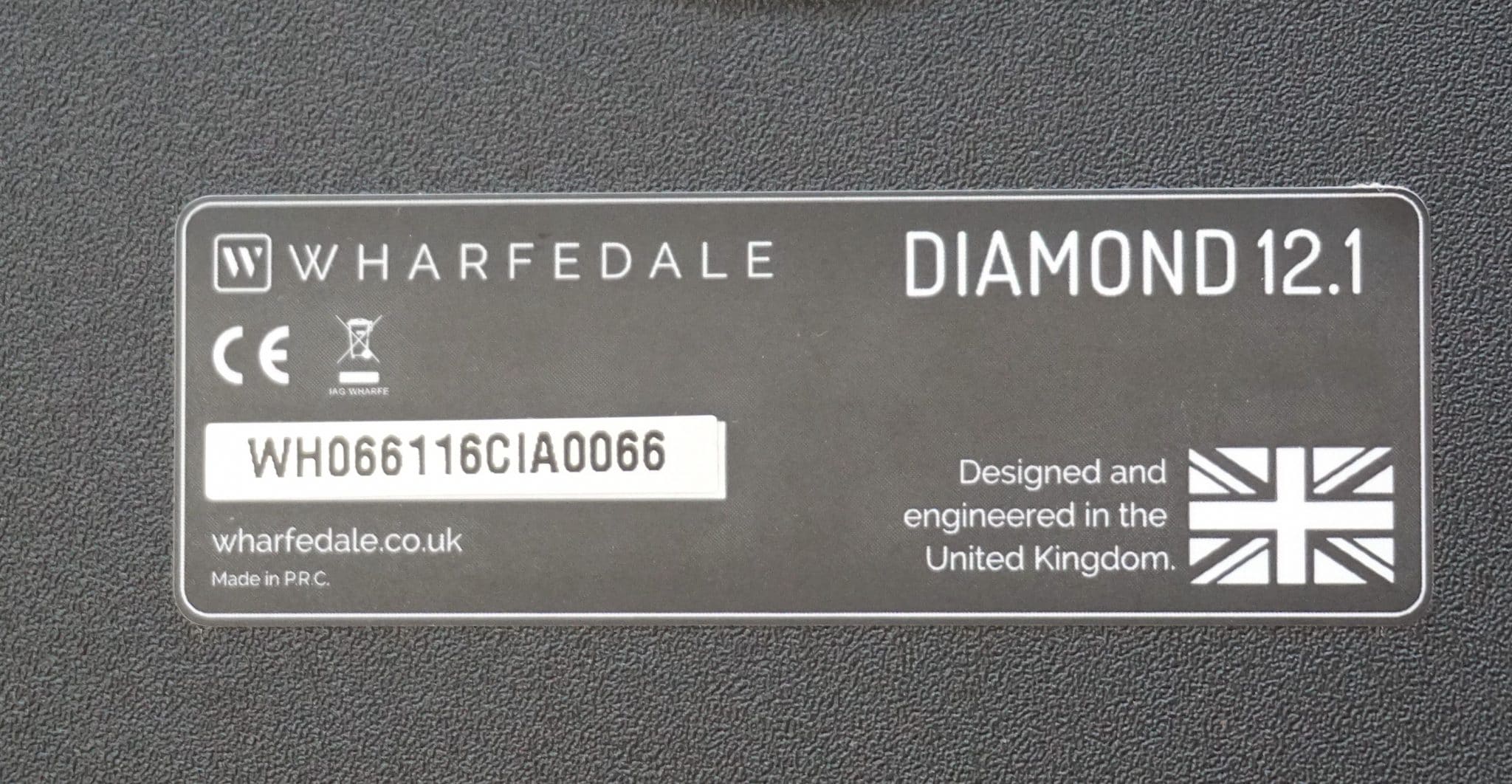
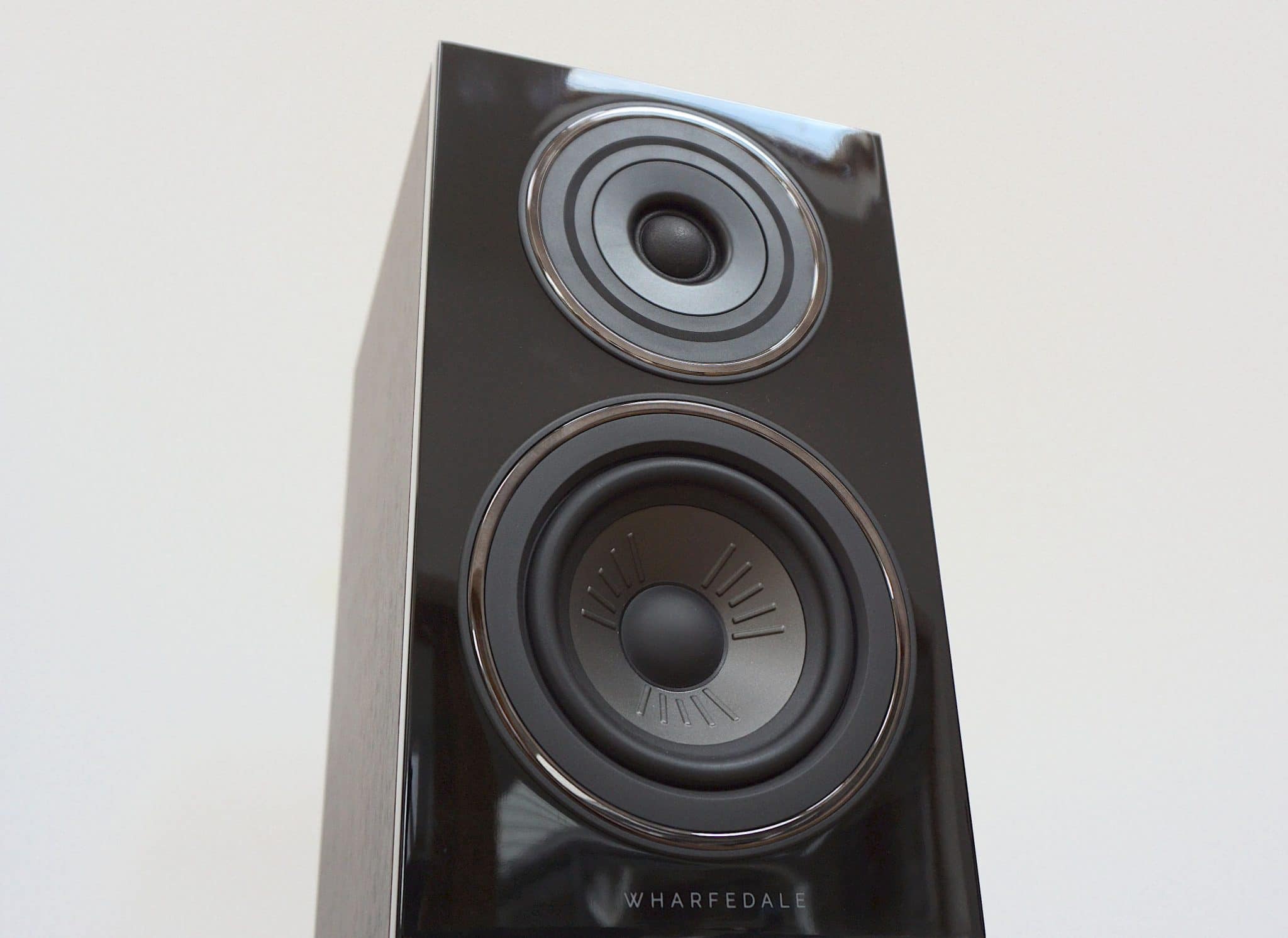
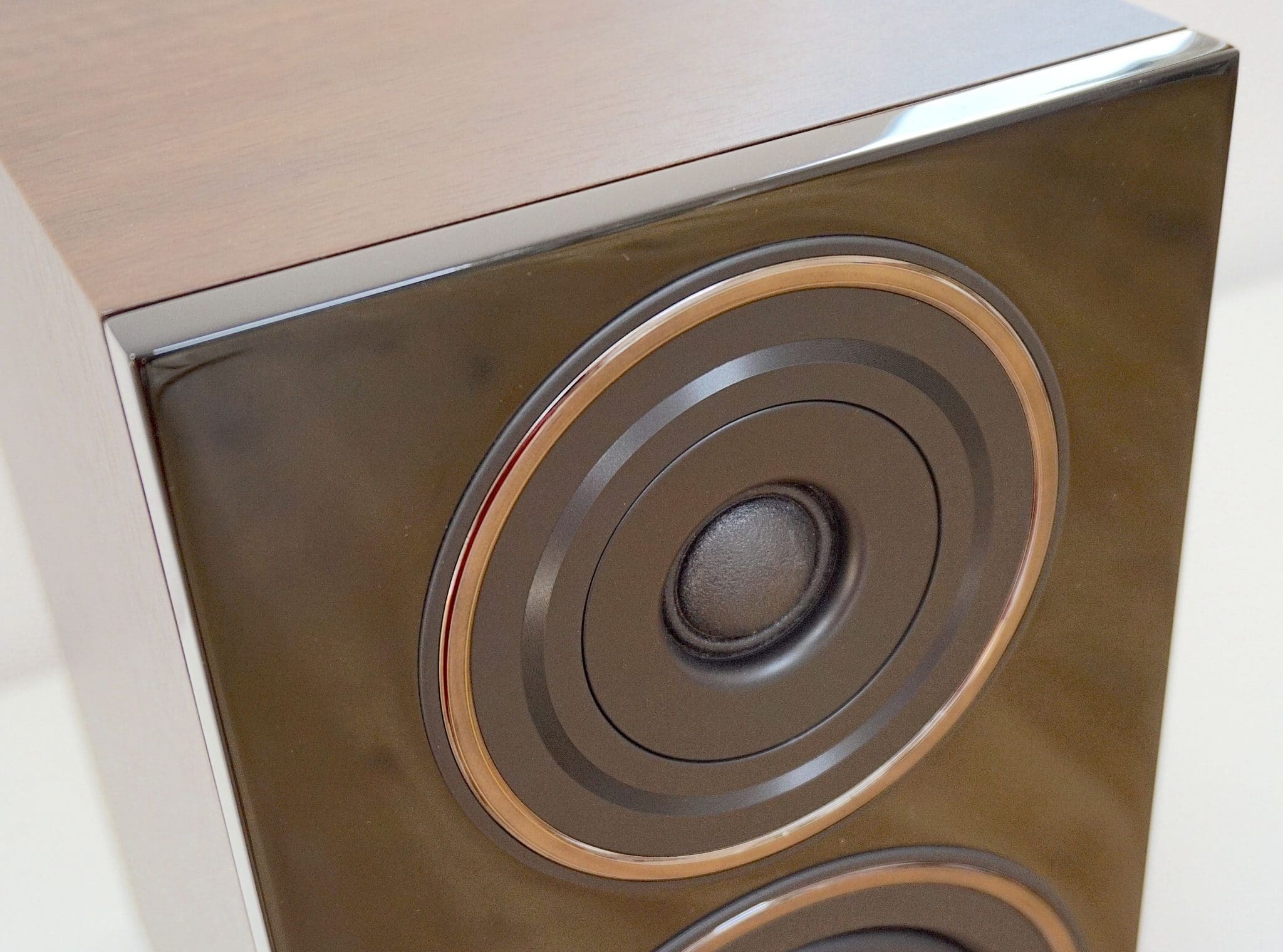
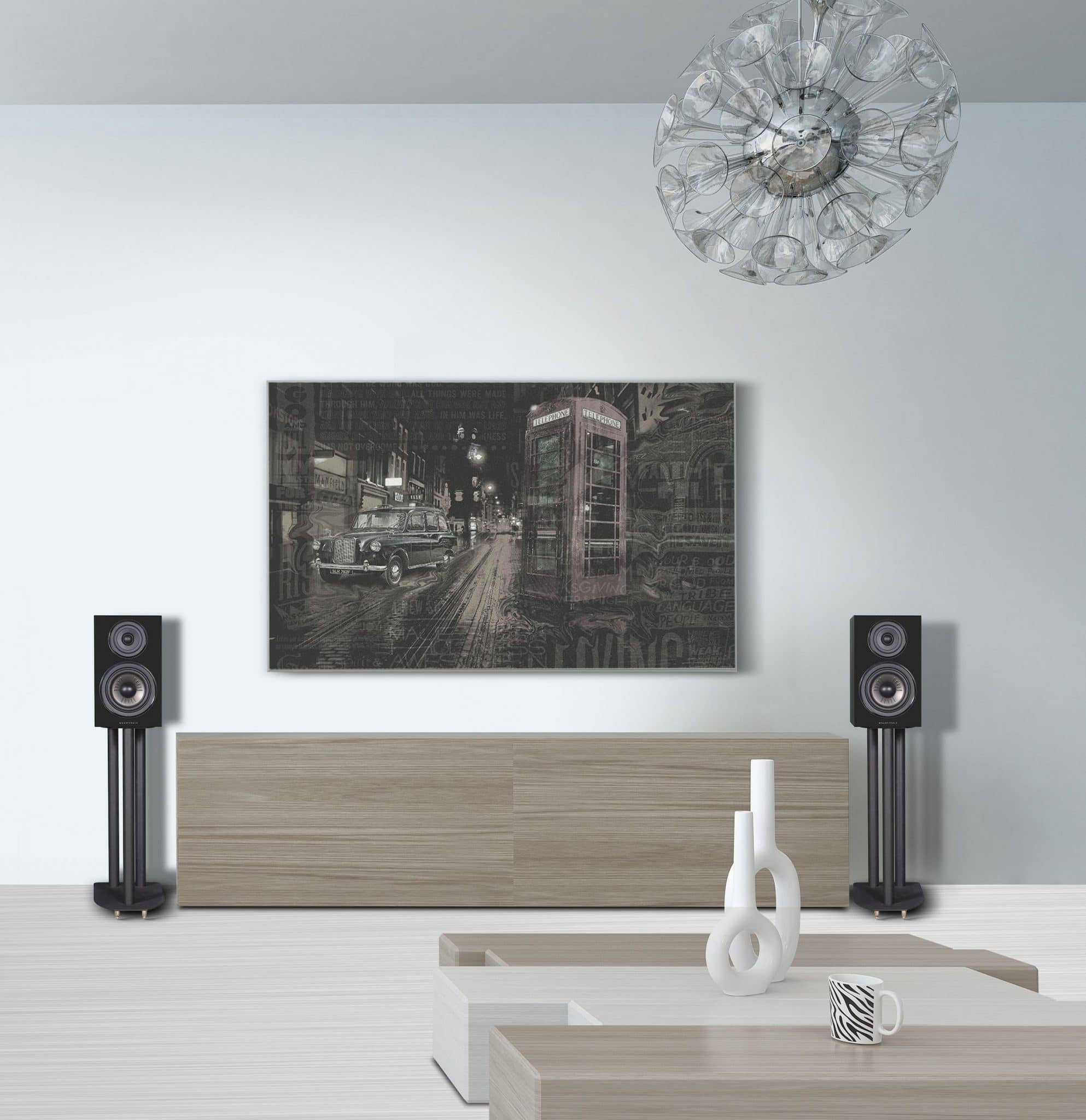
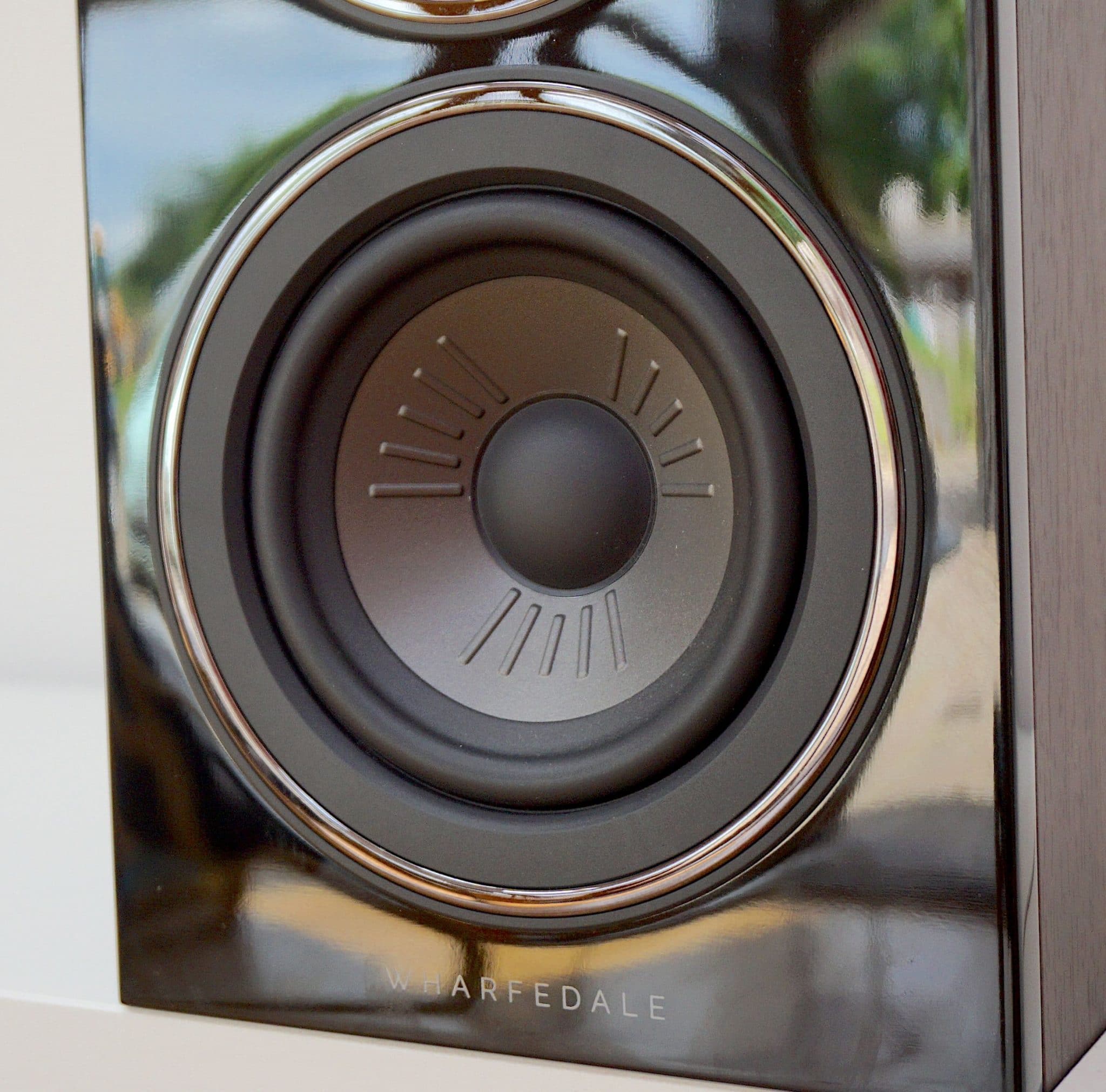

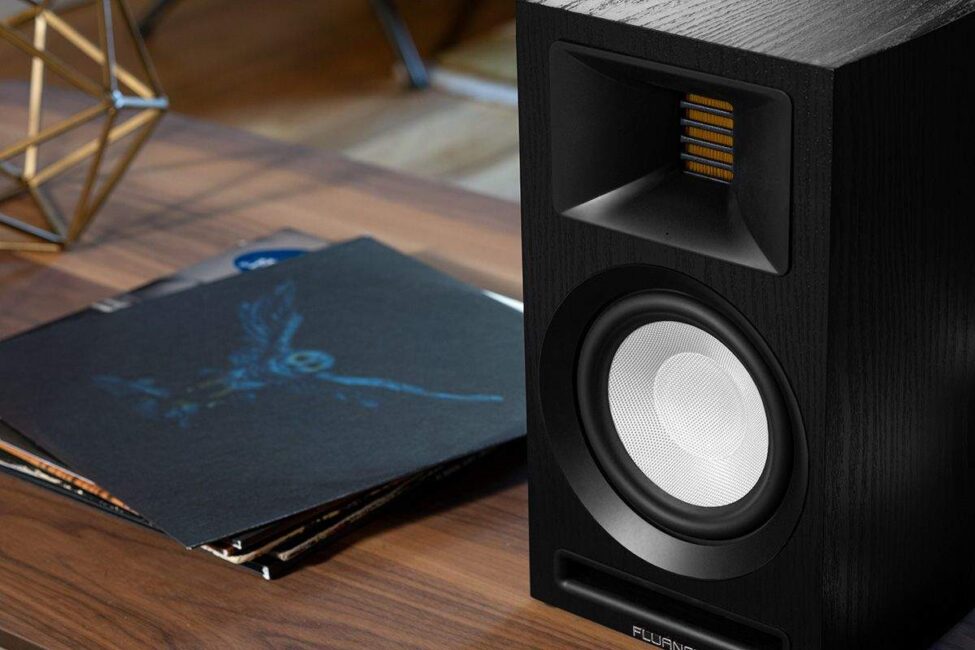

What a wonderful piece of writing! Interesting, enlightening, civilized and humane, even funny. Thank you very much for such a good start of the day!
Many thanks, Erik.
My mum has a Denon Ceol N10 mini system, with the supplied speakers which sit on a wide TV cabinet, and enough space so that positioning won’t be a problem, apart from the fact that stands are generally preferred.
The supplied speakers are clear enough but lack bass a bit. However my mum is a bit hard of hearing in the high frequencies, so would not mind a brighter speaker.
So which do you think will be more suitable, the 12.1s or Bronze 50s?
Hi Moshin – the 50s would provide a leaner, less fussy, possibly cleaner presentation that might be more direct for someone whose hearing is not A1.
Hi Paul , i.am old school and my system is just for vinyl by that I mean 60s 70s Motown/soul/ blues also Jazz and so on . I have a 2021 Rega P3 with power supply and the new Rega IO Amplifier , in your opinion would the Wharfedale 12.3 be a good choice, or would you just go with the Wharfedales 12. 1 . I had an A&R 60 AMP before this with dali Spektor 2s and I’d like to keep the warm sound if possible. Can you help?
Anthony
If you want to enhance the bass, produce a greater tonal balance and don’t mind the more imposing nature of the floor standing cabinet then sure, go for the 12.3s.